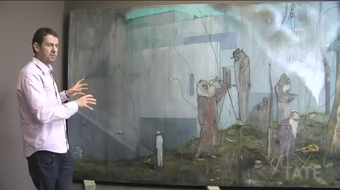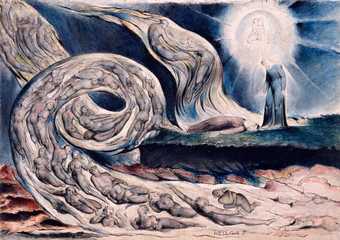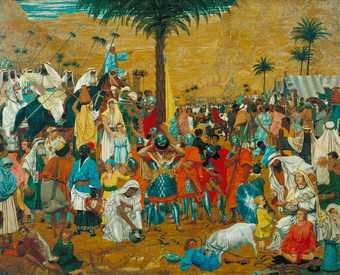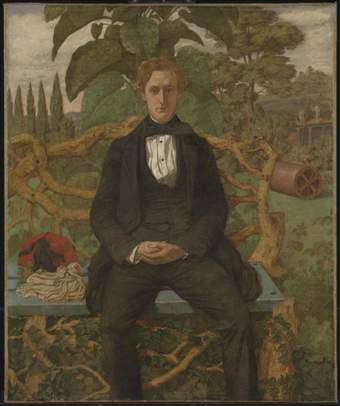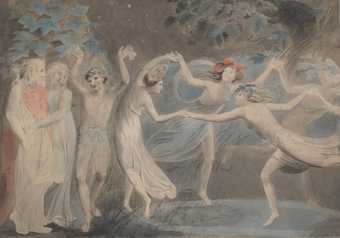We’re at Tate’s doors in South London to look at a painting by Richard Dadd, The Fairy Feller’s Master-Stroke. When it arrived here in the 1960s, Dadd was still an almost entirely unknown name. He was often included, perhaps wrongly I think, within the list of outsider artists. He really couldn’t have been further from that situation. He was very much an insider, a brilliantly talented teenager, enrolled in the Royal Academy schools and when a wealthy Welsh lawyer came to London looking to recruit a young man with whom to go travelling, then the elite of the London art world quickly pointed to Richard Dadd and said, well he’s really the bright spark you should take him. So intense was the journey that it seems to have triggered in Richard Dadd some awful breakdown and he had even come so far as to identify his father as a devil, if not the devil incarnate and he murdered his father in a park in Kent. He was placed in the Royal Bethlem Hospital, better known as Bethlem Hospital and colloquially known as Bedlam. A place of intense claustrophobia, minimal sensual stimulation and where nevertheless, or perhaps for that very reason, he felt motivated to make these extraordinary works into which one can’t help feeling he imaginatively displaced himself as a kind of escape from the conditions in which he was held.
The main figure is the Feller himself who looks a little bit perhaps like Richard Daad, raising an axe with which he is about to split this hazelnut to make a new carriage for the queen of the fairies, Queen Mab who is barely visible there. He holds what is in effect a silhouette or outline of an axe. Richard Dadd never painted that part of the picture so that might explain why so many people sitting around him think it worthwhile hanging around to see if he’s actually going to be able to do it or not. There are two ladies’ maids, dwarves, two rustic lovers, two gallant gentlemen figures over here and last of all is this little elfin figure here in between the legs, the famously shapely legs of the ladies’ maids and Dadd explains to us that he’s crouched there surreptitiously to be able to peep up the skirts of the ladies’ maids. That’s a kind of smutty schoolboy joke but we shouldn’t be too harsh on him because after all he has been, as Dadd puts it, shut out from natures game, unable to join in the whole human saga of love, sex, romance and procreation which perhaps is at the end of the day what is the basis of the picture, if we see the whole image turning on the impossibility of the splitting of a seed.
I’m Nick Tromans and I’m on my way to Cambridge to the Fitzwilliam museum there, which is the University Art Gallery and there in the 1940s they found a water colour version of Richard Dadd’s The Fairy Feller’s Master-Stroke. In 1864 Dadd was transferred from Bethlem hospital in London to the new Broadmoor Asylum for the criminally insane. Soon after arriving there a few months after that, he dated this watercolour from November 1864. This work works on a much narrower chromatic range as you can see. He has executed it in a watercolour stippling technique combing drawing with tiny dots of colour but in terms of its actual subject matter, the figures in it, their position, their relationship to one another; it’s pretty much identical to the original oil version. So Dadd was separated from his great masterpiece and clearly wanted to have this version with him in Broadmoor and the fact that he bothered to reproduce the whole thing all over again, presumably for his own satisfaction can only reinforce that sense of the importance in some way of the Fairy Feller to him.

